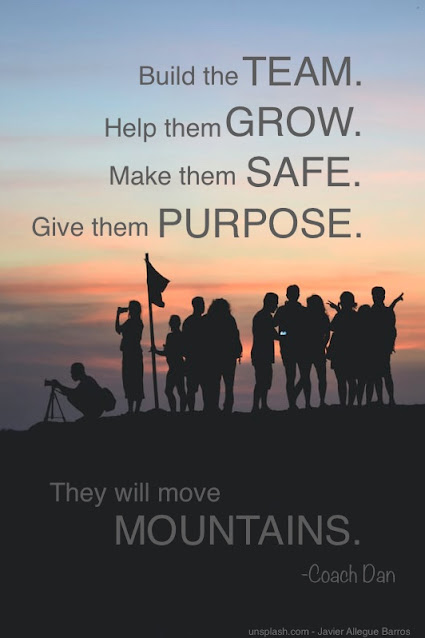Empowerment begins with your team feeling psychologically safe. This week's blog post is specially crafted for leaders, managers, product managers and product owners. Don't let that slow you down if you have a different fancy job title, of course, but today I'm speaking directly to the leaders of teams! One of my favorite definitions of empowerment comes from CEQ, Collaborative Equalit y: “Empowerment is defined as …the largest amount of voluntary and discretionary action in support of the company’s goals. It is people proactively, and habitually, doing the right things at right time; people working out what’s needed and acting without instruction; people looking within the team for support, not looking upwards for answers." Sounds pretty great, doesn’t it? Problem is, it doesn’t just happen! You have to work every day at creating and maintaining an environment where your teams feel safe to “work out what’s needed and act without instruction.” Here are some...











